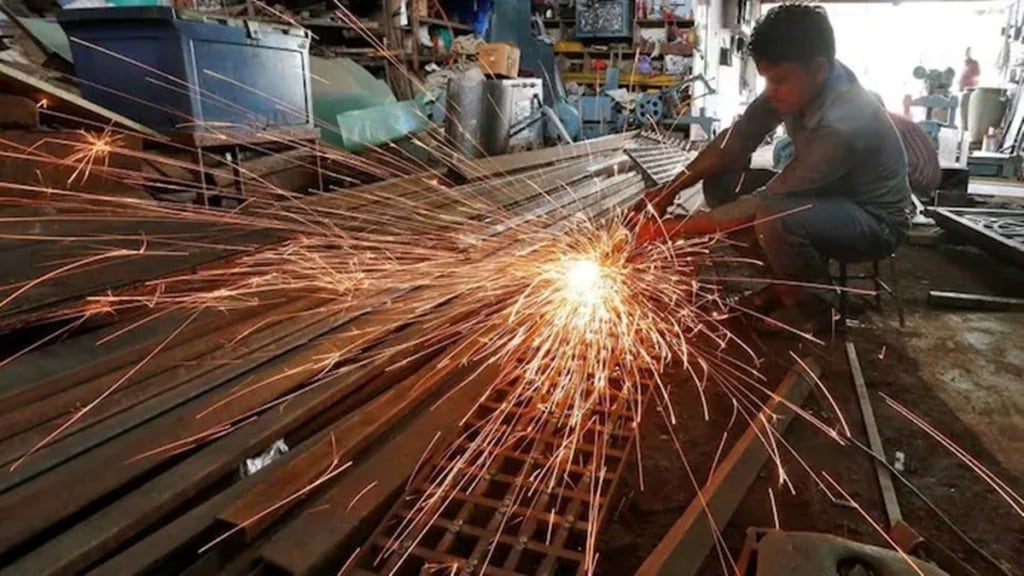India’s factory output growth, as measured by the Index of Industrial Production (IIP), fell marginally by 0.1% in August. This was the index’s first contraction in 22 months.
Production shrank on year, mainly due to the statistical effect of a high base and subdued mining & electricity output.
The IIP had grown 4.7% in July this year and 10.3% in the year ago period.
On a sequential basis too, the IIP declined 2.5% in August. Typically IIP contracts in August from July, but this year the month-on-month contraction of 2.5% was higher than the previous 12-year average of 0.2%.
So far this fiscal, IIP has contracted sequentially in four of the first five months, a pattern that was last seen in 2016. “This clearly supports our view that the economy is slowing down, which is visible in other high frequency data as well,” said Upasna Bhardwaj, chief economist, Kotak Mahindra Bank.
“One key reason for this phenomenon could be the election cycle, which has impacted capital spending,” said Abhishek Upadhyay, senior economist, ICICI Securities Primary Dealership. “Also, exports have grown only modestly this fiscal so far, which has slowed manufacturing growth,” he added.
In y-o-y terms, the IIP growth in April-August has averaged 4.2%, lower than 6.2% in FY24.
Manufacturing output during August rose 1% on year, while that of mining and electricity contracted by 4.3% and 3.7%, respectively. “The contraction of mining and electricity output, due to a pickup in monsoon rainfall in the country, pushed the industrial output to decline,” said India Ratings and Research (Ind-Ra) in a note.
Out of the 23 distinct sectors in manufacturing, 11 witnessed negative growth while 12 registered positive growth.
“Industries like computers and electronics, readymade garments and furniture had witnessed sharp declines last year and hence were buoyed by this statistical effect,” noted Madan Sabnavis, chief economist, Bank of Baroda.
At the use-based level, however, four of the six sectors saw a growth in output, notably consumer durables (5.2%) and intermediate goods (3%). The steady growth in consumer durables is a positive for consumption demand in the economy, but a sustained decline in consumer non-durables (-4.5% in August) indicates that the stress in rural demand hasn’t bottomed out yet, said Ind-Ra.
Capital goods and infrastructure goods saw a growth of 0.7% and 1.9%, respectively in August supported by a continued expansion in government capex, say economists. The capex of the Centre and 23 states jumped 11.9% during the month.
Suman Chowdhury, chief economist, Acuité Ratings & Research expects industrial activity to pick up significantly from October with an acceleration in government spending on infrastructure projects. “However, we expect a moderation in IIP growth to 4.0-4.5% in FY25,” he said.


